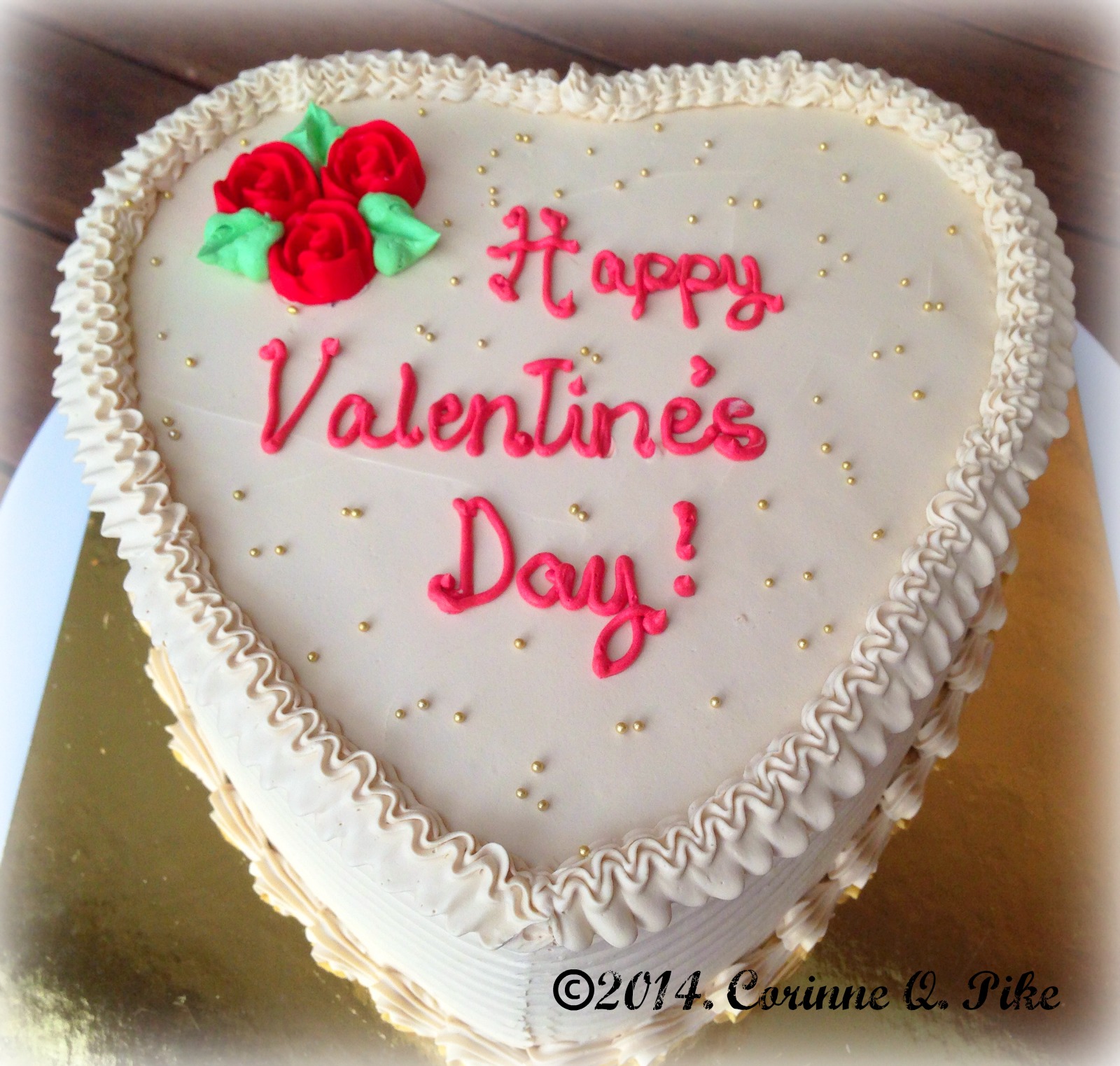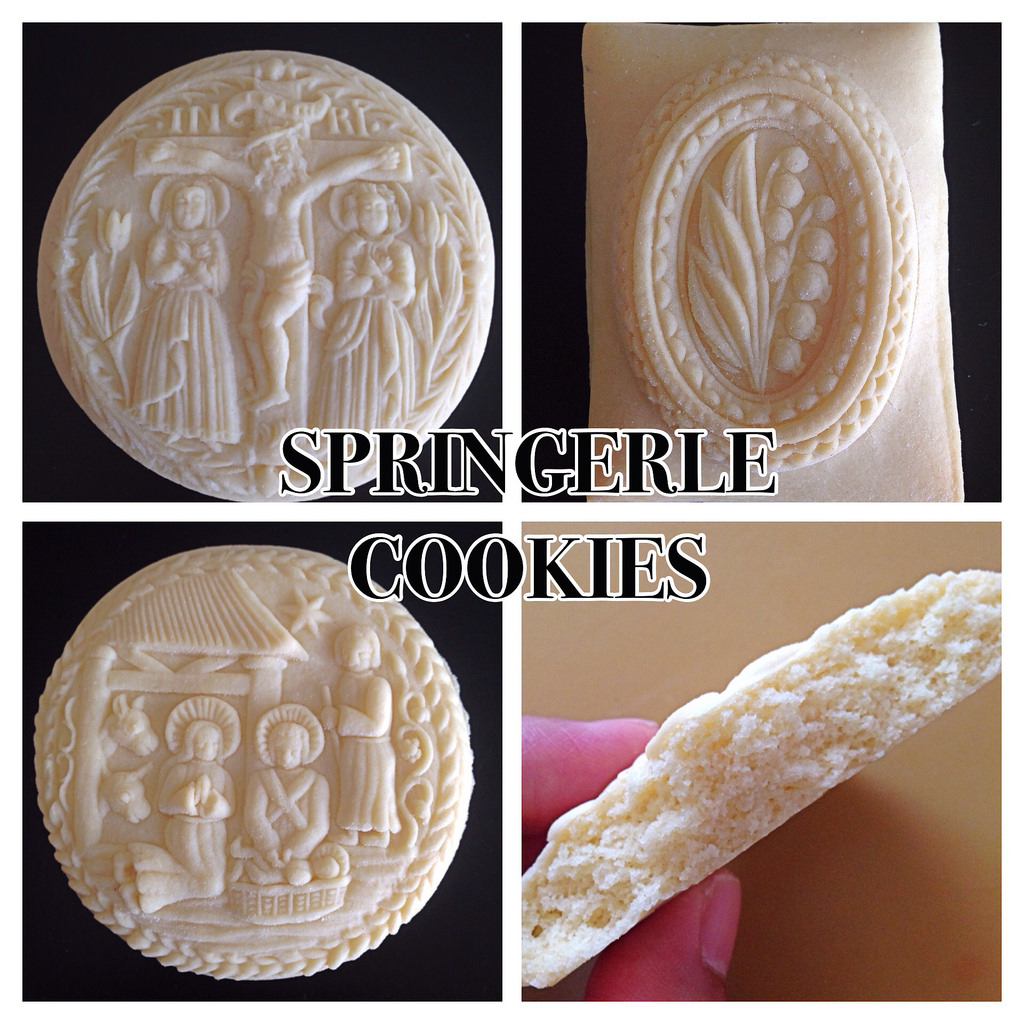My choice of frosting for cakes that require decorations is Swiss meringue buttercream. The reason I like this type of frosting is because it is very light and fluffy and it is not too sweet. I use it to frost and fill cakes, pipe borders, flowers, letters, etc.
For me, in order to get a smooth finish on a cake, the first requirement is to make the frosting at the right consistency for spreading. I bet there are tons of recipes and tutorials on the internet on how to make Swiss meringue buttercream but here, I will be showing you how I do it and what my secret is.
Take note: The recipe was originally posted here
SWISS MERINGUE BUTTERCREAM (makes enough to frost and fill an 8" round cake)
1. In a clean, heatproof bowl, combine 3 eggwhites and 3/4 cup sugar. Set the bowl over (but not touching) simmering water in a saucepan and heat the mixture, whisking constantly, until the sugar has completely dissolved and the mixture is very warm to the touch.
*I neither time this step nor take the temperature of the eggwhites. When the mixture feels smooth when rubbed between my fingertips (meaning, the sugar has dissolved), then I know that it's ready to be taken off the heat.
2. Using an electric mixer, starting on a low speed gradually increasing to high, beat the eggwhite mixture until it is fluffy, cooled to room temperature, and holds stiff peaks.
*Again, I do not find timing this process necessary. I just watch the eggwhites to make sure they do not get overbeaten and become dry.
3. Now here's the secret. Most recipes will tell you to use room temperature butter. What is room temperature anyway? In the summer, it is hot. In the winter, it's cold. Butter can be at room temperature and yet be really stiff.
You need to use 1 cup unsalted butter that is VERY soft. Not melted, but soft. Soft enough that you can cream it with a spoon and it will look like mayonnaise.
Don't be afraid to soften your butter in the microwave if you need to. I do it all the time. Just don't let it melt!
With mixer on medium-low speed, drop the butter by the spoonful into the meringue. Scrape the sides of the bowl once in a while to make sure all the butter is beaten in.
When all the butter has been incorporated, add a pinch of salt plus 1 teaspoon vanilla extract.
4. Beat on high speed until buttercream is light and fluffy. (Most recipes will warn you that your mixture might go through a soupy or curdled stage before becoming fluffy. When this happens, you need to just continue beating and the mixture will eventually come together. In my experience, with the use of very soft butter, my frosting goes fluffy as soon as all the butter is in!)
I used this kind of frosting for the 2 baptism cakes I showed in my previous post. Here are a few others I've recently made, just to show you that it isn't really all that complicated to get your cakes to look neat!
Just today, I also used this frosting to pipe roses and borders on this simple caramel cake.
Till then, have a good weekend!

































